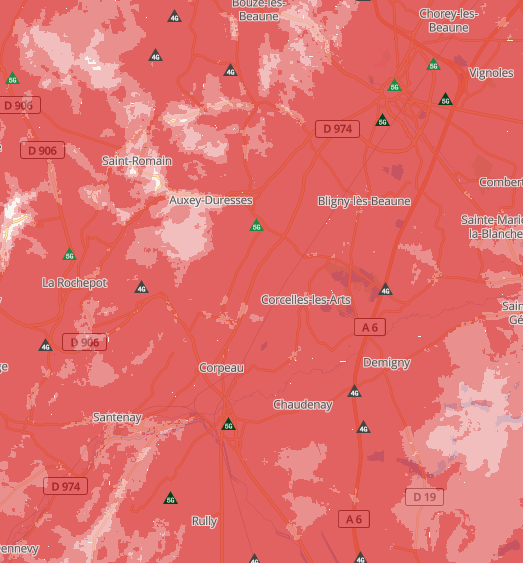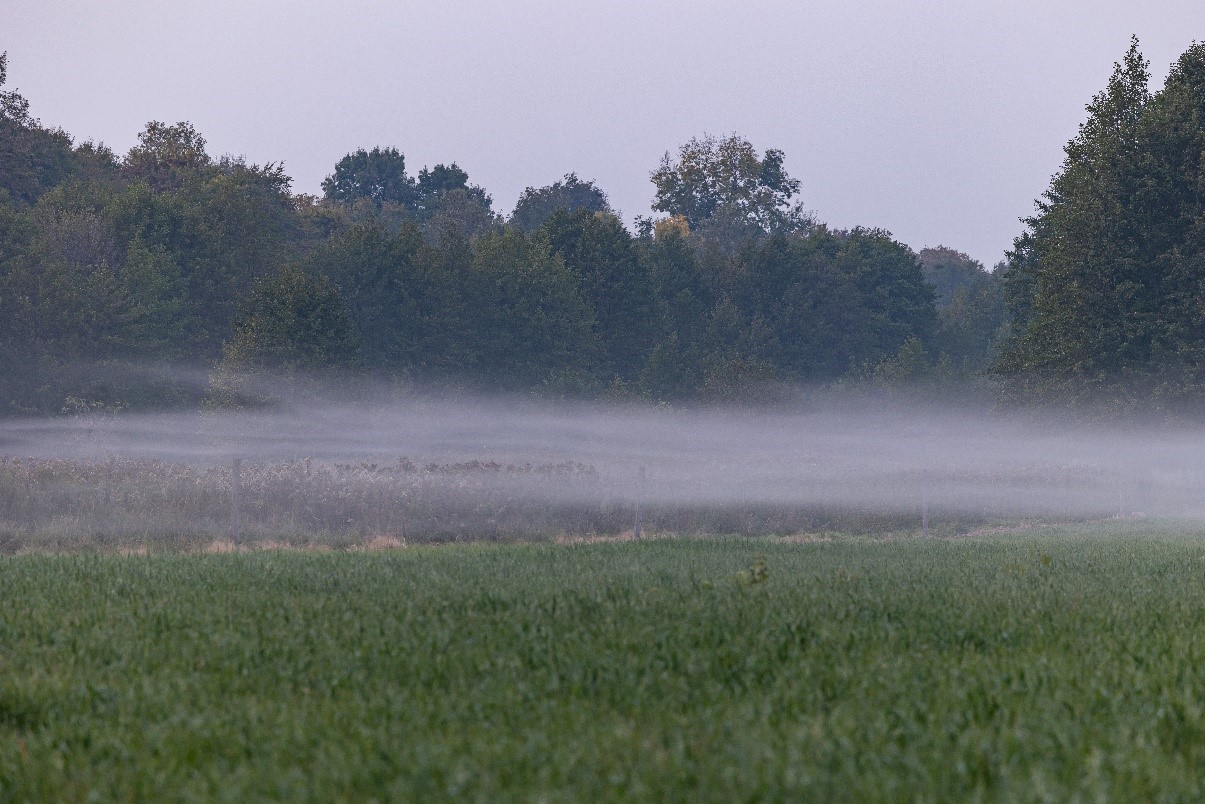
IOT & agricultural communication networks in MAGDA
Communication networks are ubiquitous. They allow data to be transmitted between two terminals and are especially crucial to get information from agricultural crops that are typically located far from urban areas.
Understanding Networks for IoT
Understanding networks means primarily
considering three factors: energy (required to send data), range (distance at
which transmission and reception occur), and bandwidth (quantity of data to be
transmitted). As one might expect, the perfect network combining low energy
consumption, very long range, and high throughput does not exist.
To transmit data over long distances or in
large quantities, a significant amount of energy is required. In comparison,
reducing the amount of energy allows for the transmission of a small amount of
data over long distances (referred to as low-bandwidth networks).
Thus, the territory is covered by antennas that
are responsible for receiving and transmitting data. The density of these
antennas depends on the type of network used and the number of people to be
covered. To further complicate installations, communication is easily
obstructed by terrain features; therefore, it is necessary to strategically
place antennas and/or multiply them to ensure coverage of the targeted
territory.
Example of theoric coverage for 2G connectivity
for an operator (SFR) with the antenna position, over the French demo site for
MAGDA (source ARCEP), some areas are more or less covered, depending on the
topography, but there is theoretically no blank zone.
Which networks for agriculture?
Telecommunication network operators aim to
cover a certain population rate. This objective is not compatible with the
concept of connected objects in agriculture since only a small proportion of
the territory is actually covered. The amount of data to be transmitted is also
highly variable depending on the type of connected object. It can range from
simply one message per day to indicate proper functioning or an alert message,
to the transmission of a short video stream. This variety of uses has led to
the emergence of different networks.
In contrast to the increasing amount of data
with 2G, 3G, and 4G, Toulouse-based Sigfox developed a 0G technology in 2010.
This new communication protocol uses a free radio band (868 MHz) and reduces
the exchanged data. Thus, with little energy, a connected object can transmit
much further, so the French territory is quickly covered by antennas installed
by Sigfox itself. However, the amount of transmitted data is lower, equivalent
to a 10-character SMS – non-special characters – at a rate of about a hundred
messages sent per day. Due to the low amount of data and the large number of
objects, the subscription cost to the network is low (around 20 euros per
object per year). In 2012, the LoRaWAN protocol exploited the same low-speed
principle to offer a competing product, also more comprehensive (possibility to
transmit more data with less range, or very little data with a long range). But
unlike Sigfox, it is possible to deploy one’s own antennas to receive the data
(at a reasonable cost and with some technical knowledge). It is only in recent
years that some operators have been offering LoRa subscriptions.
In response, telecommunication operators have
transformed their existing networks to offer a solution. 4G antennas can now
use the 4G LTE-M and NB-IoT protocols. These two newcomers aim to decrease the
amount of transmitted data and the energy consumption of objects while
increasing the range compared to 4G. They fall between the classic 2G GSM
network and low-speed networks.
It is worth noting that it is also entirely
possible to use the historical 2G network. A connected object equipped with
such technology will consume considerably more energy than with low-speed
technologies. However, the advantage is that 2G is present worldwide. We are
only just beginning to see it replaced by 4G LTE-M or NB-IoT in some countries
(United States). In France, its dismantling would begin in 2025. The costs of a
2G subscription for connected objects have almost reached the subscription costs
of a low-speed network today.
Paths forward
The 5G impacted the telecommunications world.
This innovation brought several changes to the way the network is structured to
cover all use cases of GSM networks (including IoT): an increasing number of
connected devices, while enabling very high theoretical data rates for others.
Additionally, 5G natively integrates LTE-M and NB-IOT protocols.
The use of 5G in agriculture will likely remain
marginal. Coverage will be delayed, and for several more years, there should
still be a mix of low-speed networks and LoRa/4G LTE-M/NB-IOT to cover primary
use cases. A study conducted by the Agrotic Chair on this topic is available
here.
Perhaps you’ve heard of Elon Musk’s Starlink satellite constellation? Similar initiatives are emerging for the LoRa network. The goal is to eventually provide cost-effective global coverage for IoT data transmission through satellites. In this vein, we find companies like Kinéïs (from CLS – the Argos beacon) or Lacuna, which are moving towards the development of satellite IoT.
Author: Julien Orensanz (CAP2020)
References
Keywords
IOT,
communication networks, 2G, 3G, 4G, 5G, LoRaWAN


